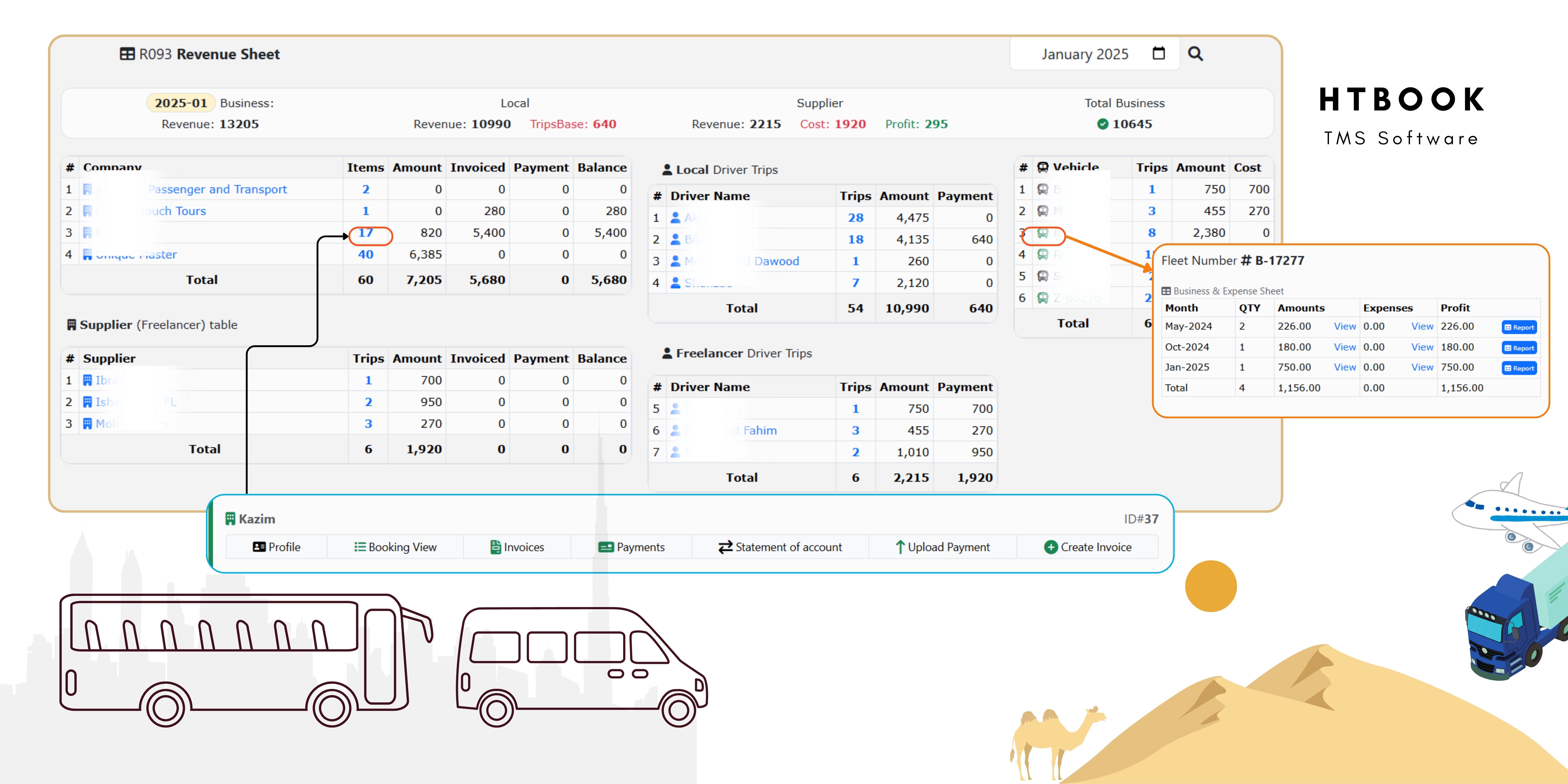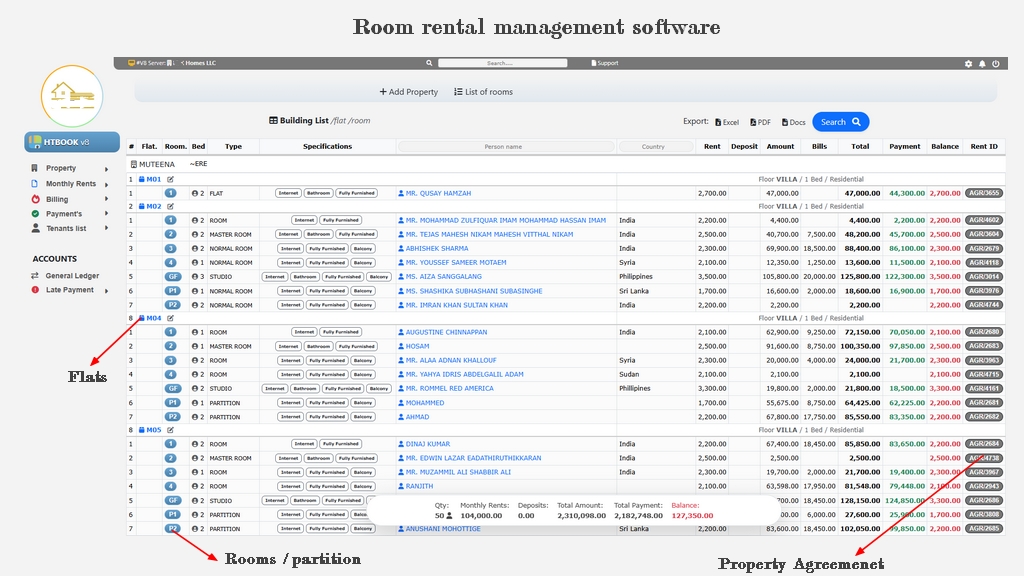
Smart Strategies to Keep Your Transport Business Profitable in 2025
Discover proven strategies to maintain profitability in your transport business throughout 2025. Learn how to leverage technology, reduce operational costs, improve route efficiency, and stay competitive in a fast-changing market using smart, modern transport mana...
How to Keep Your Transport Business Profitable in 2025:
In 2025, the transportation industry is changing quickly due to higher fuel prices, new rules, and growing demands from customers. To make money, transport companies need to use clever approaches that are better than old ways. This means using new technology, improving how we manage our vehicles, and making choices based on data.
To succeed in a competitive market, you need to be efficient, come up with new ideas, and be able to adjust to changes. In this guide, we will look at easy steps you can follow to make sure your transport business is successful in today's quick-moving digital world.
Fleet Management Services:
Fleet management services have helped transportation companies improve their operations and save money. These services now help you check how well your vehicle is running, keep track of fuel usage, and set up regular maintenance reminders to avoid breakdowns. Managers look at driver habits and the condition of vehicles using easy-to-read charts. This has made things safer, lowered costs, and made processes work better. We will add more tools to make the system better and simpler to use. By planning well and giving regular updates, vehicles can last longer, and businesses can stay successful and make more money in a fast-changing transportation industry.
Route Optimization & Planning:
Route optimization and planning services help transport businesses reduce delivery time, fuel costs, and vehicle wear. Using AI-powered tools and real-time traffic data, businesses can plan the most efficient routes based on distance, load, delivery windows, and road conditions.
In 2025, these systems also adapt to live events like traffic jams or weather changes. Optimized routing not only increases on-time deliveries but also improves driver productivity and customer satisfaction—making it a crucial part of maintaining profitability and operational excellence.
Automated Dispatching & Scheduling:
- Reduces manual work and increases accuracy.
- Assigns jobs to drivers using updated information.
- Connects directly with driver apps for real-time updates.
- Cuts down delays and scheduling issues.
- Makes route planning more efficient.
- Lowers mistakes in daily operations.
- Saves time and reduces fuel or labor costs.
- Helps transport companies deliver faster, reliable service.
Benefits of a Transport Management System (TMS):
- Handles bookings, billing, dispatch, and tracking.
- Works smoothly with ERP and CRM tools.
- Provides instant updates on shipments and business performance.
- Uses automation for faster tasks and fewer manual steps.
- Sends alerts and notifications to avoid delays.
- Offers reporting tools for better planning.
- Reduces paperwork and saves time.
- Helps in making quick, data-based decisions.
Table Content:
More Insights for You

